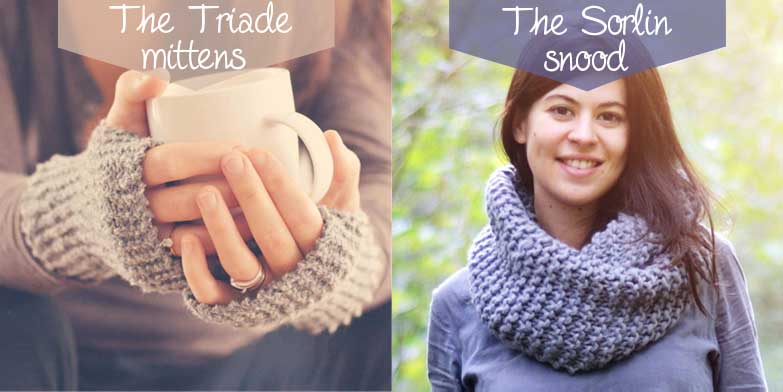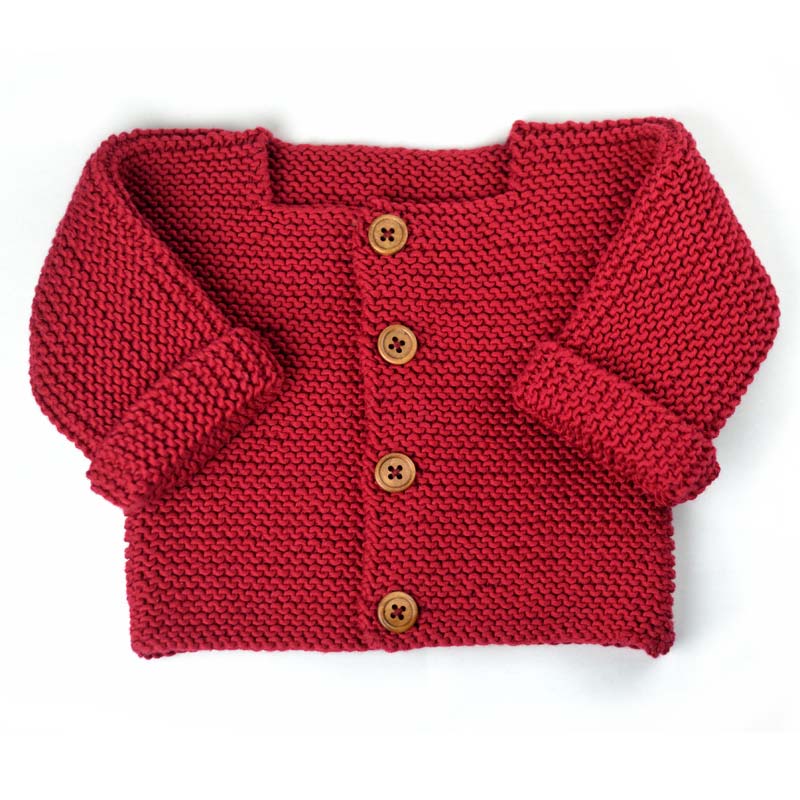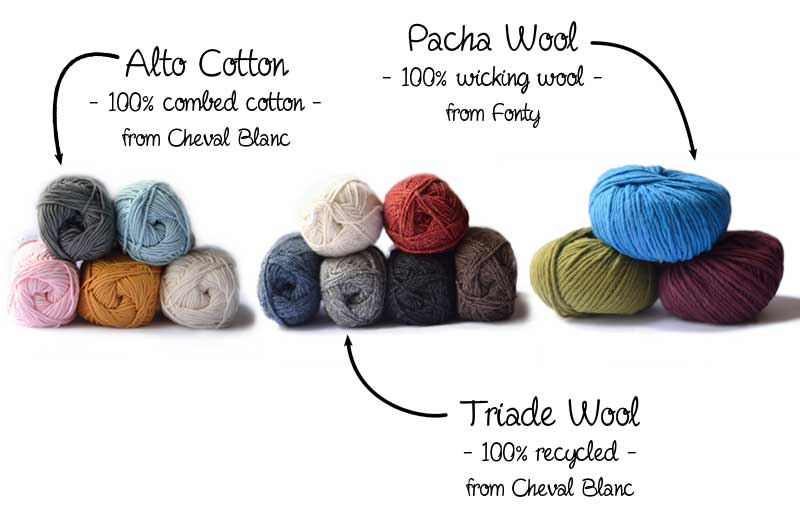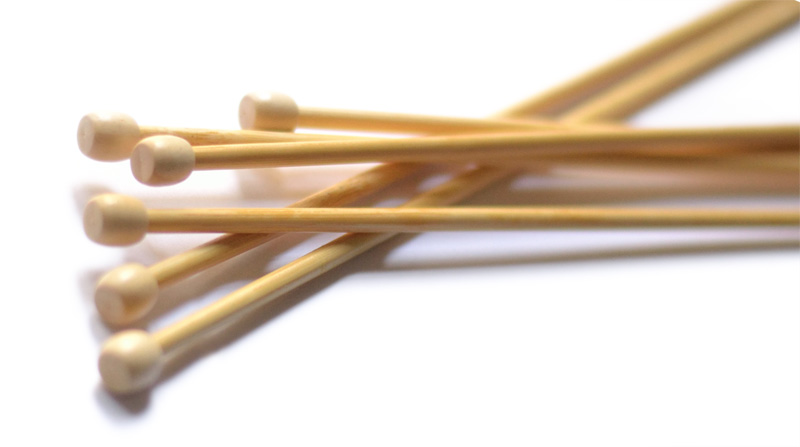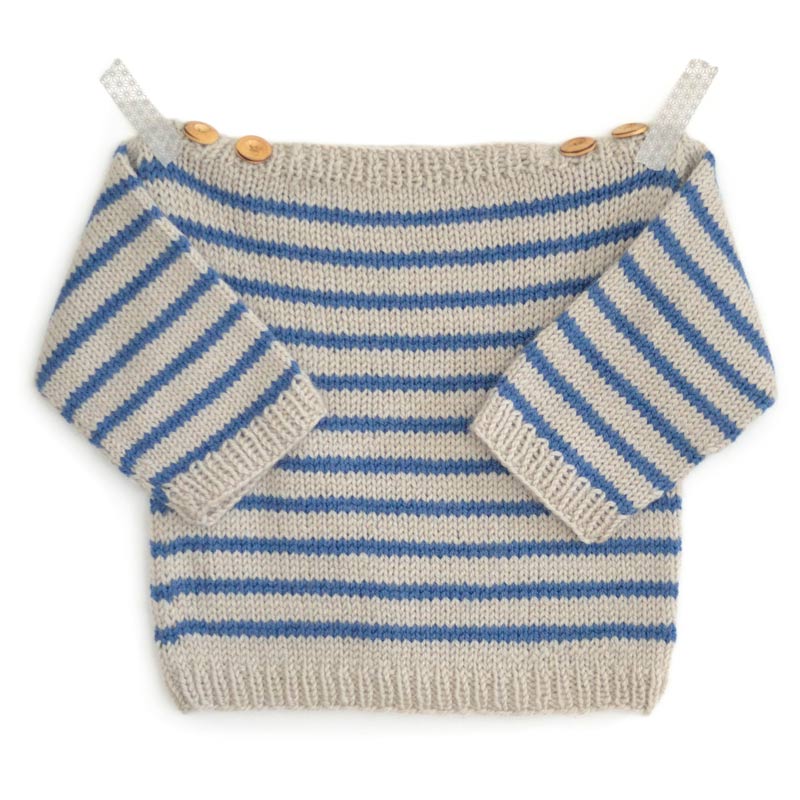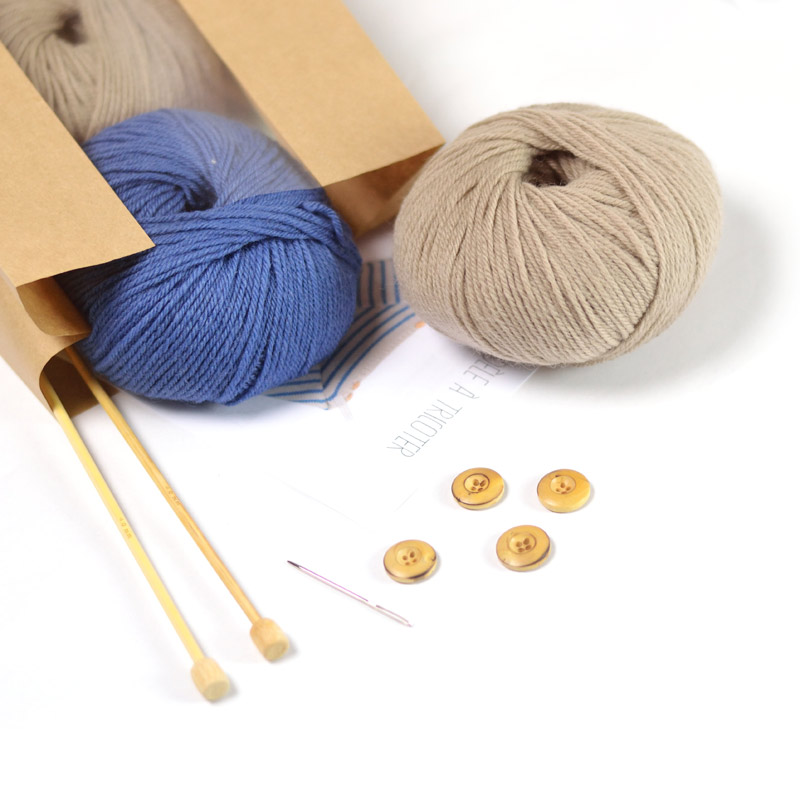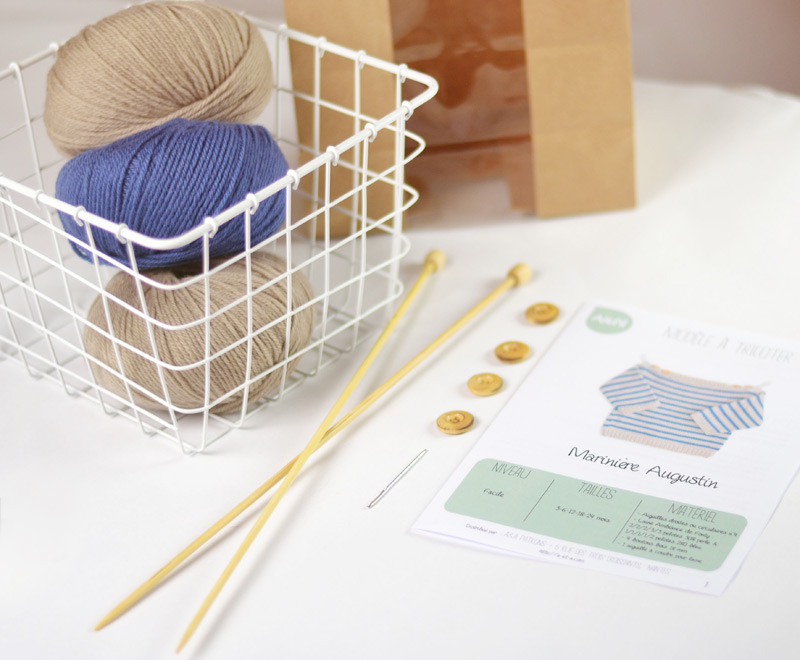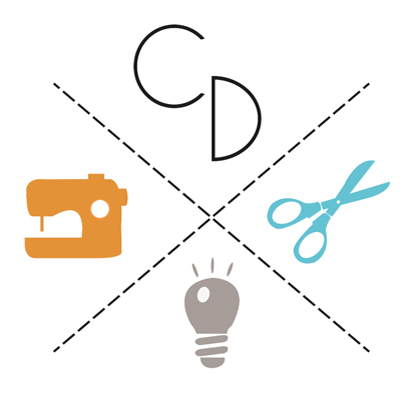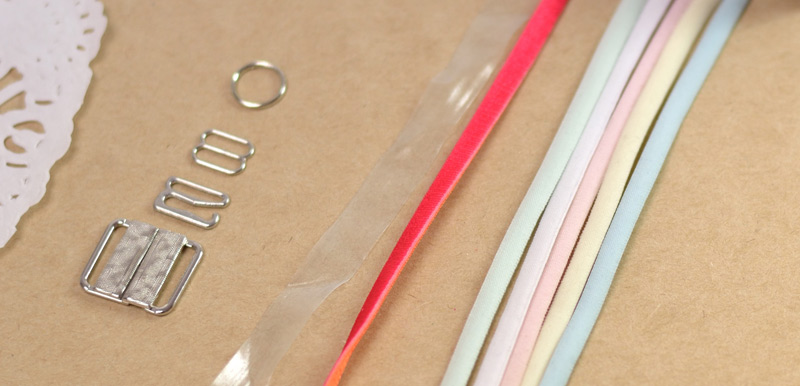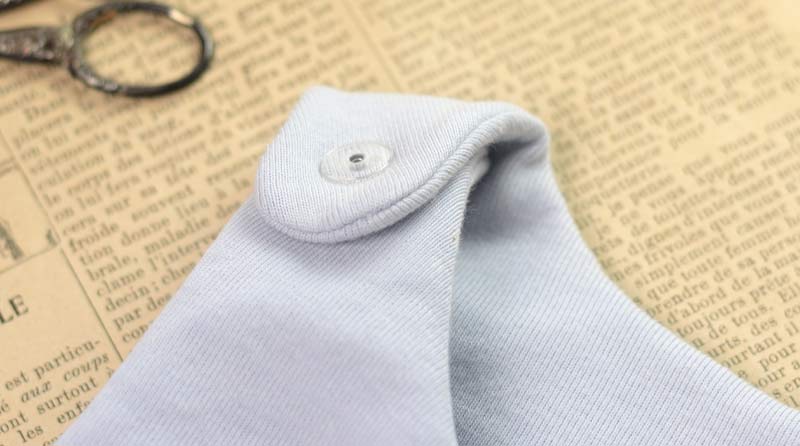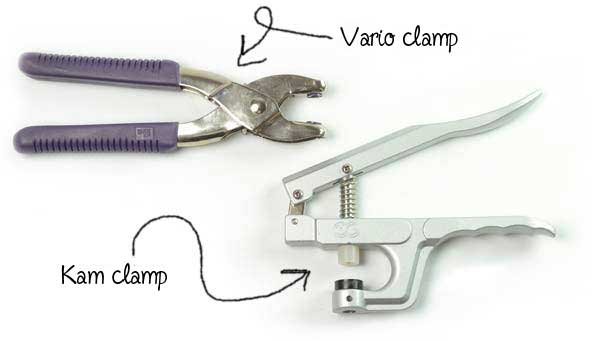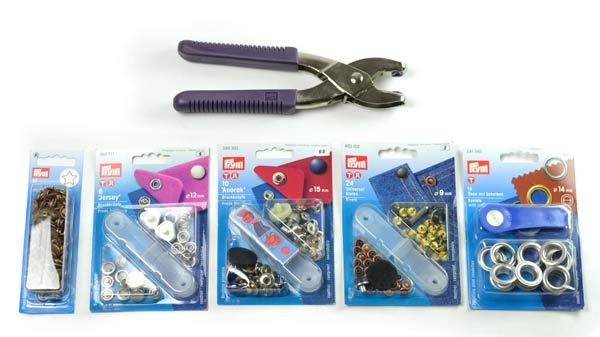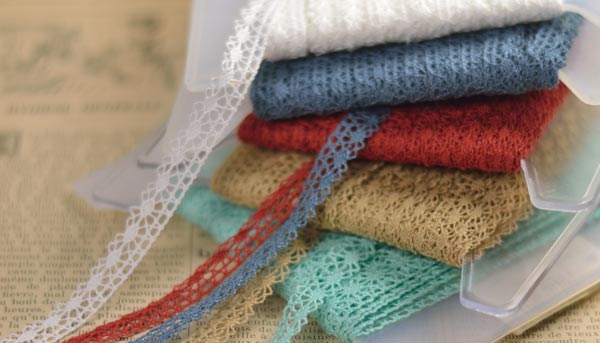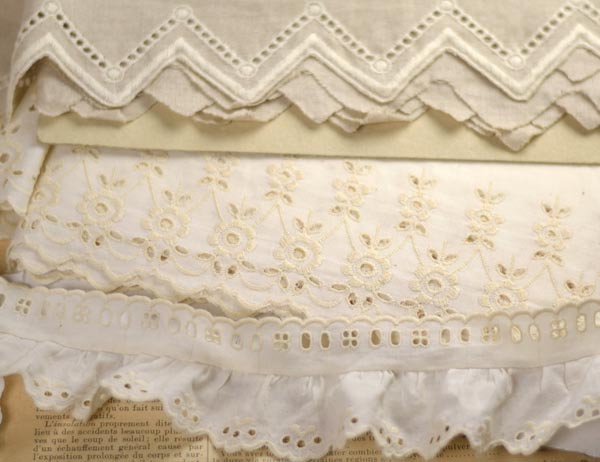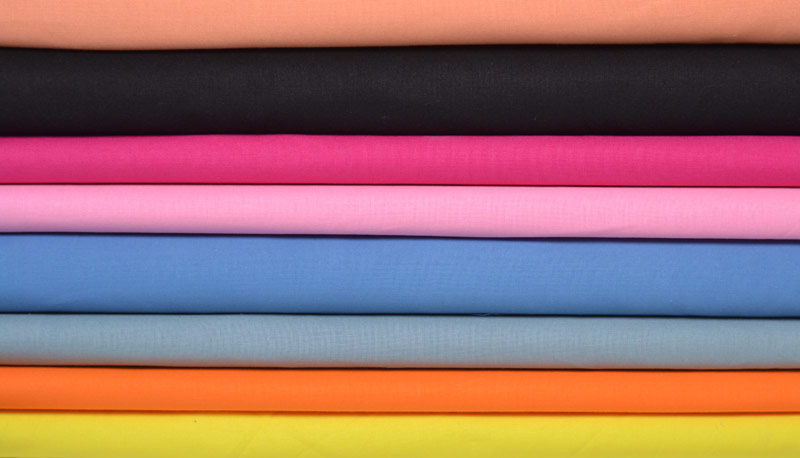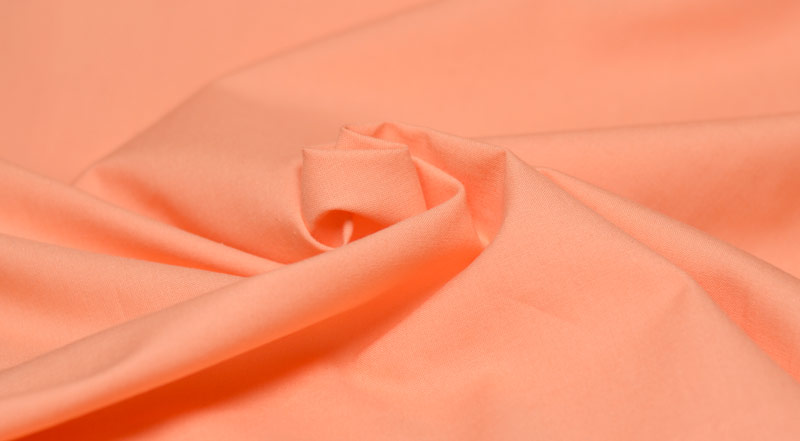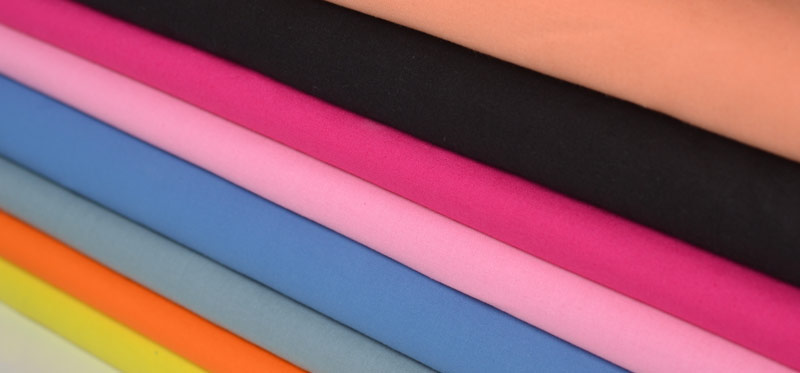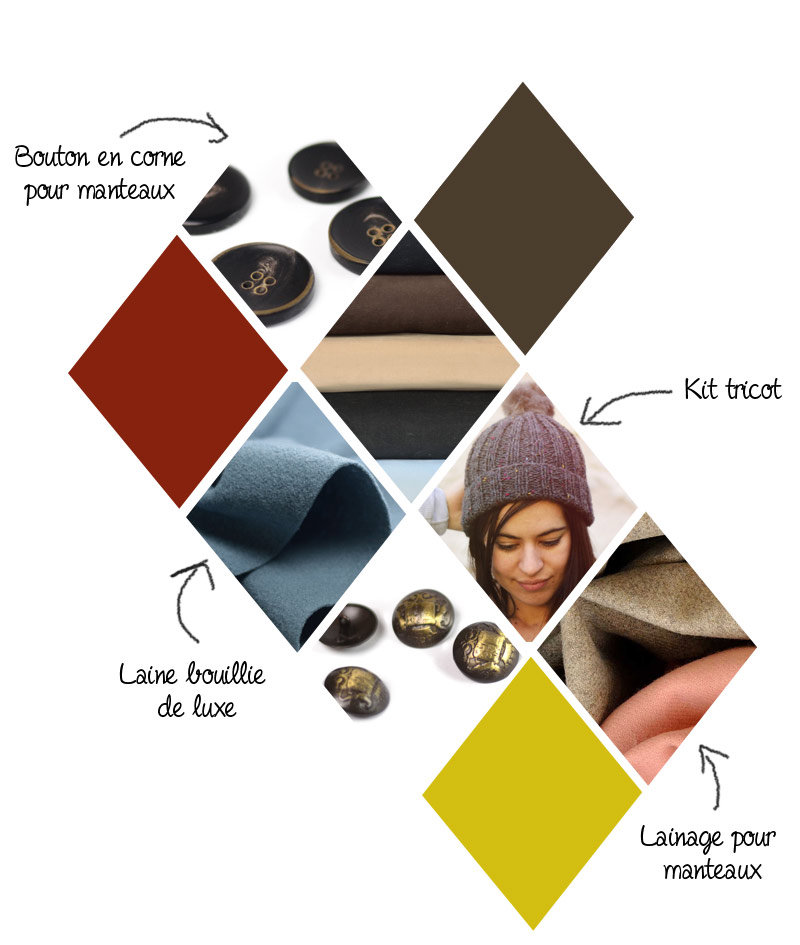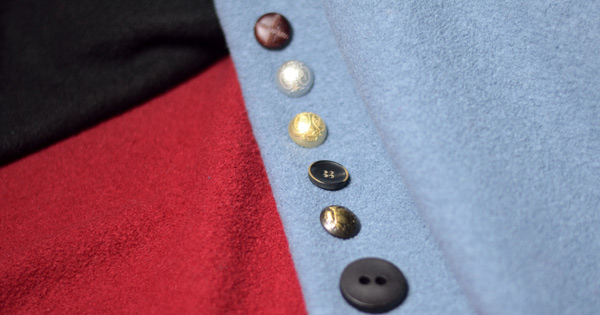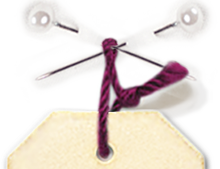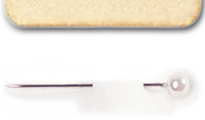Winter begins to be felt timidly in this early 2016 ... the perfect time to get back to knitting!
Since I give knitting lessons (it's been 6 years!), I had a lot of people completely beginners, ie which start from zero. This allows me to make you a basic tips small summary if you feel the urge to begin knitting.
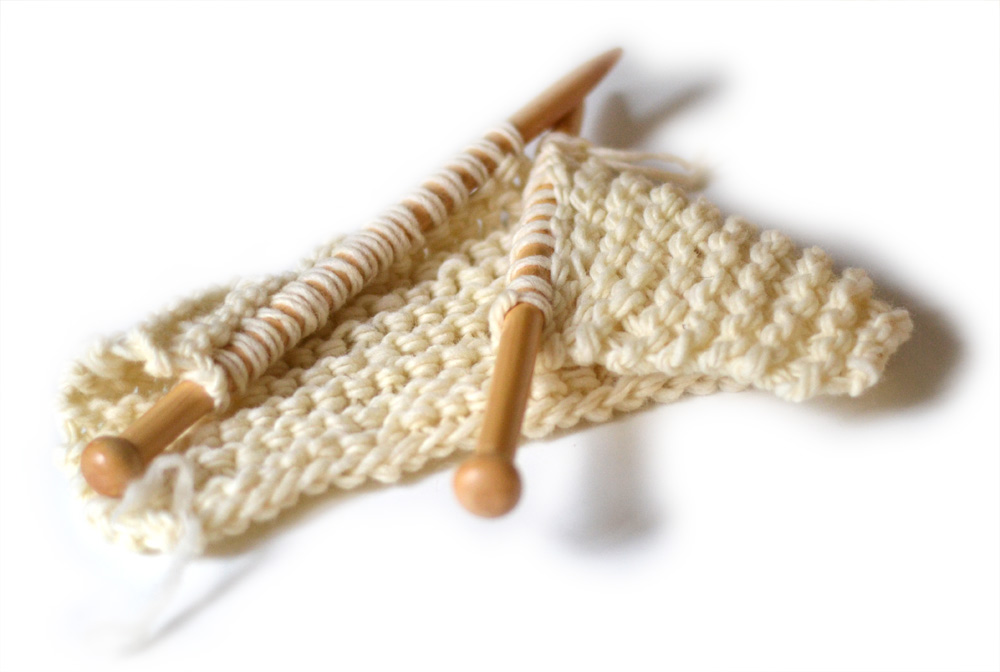
1/ The basis
What do you need to start knitting?
- A pair of knitting needles
- A ball
- A very easy pattern

2/ The pattern choice for beginners
Very important ! It's the first thing you need to find. It is important to start knitting small as this can be very frustrating to quickly begin a long scarf and realize in the middle we lost the motivation to finish it.
I suggest you start with adult accessories or ultra-easy baby clothing. The easiest beginners stitch is the garter stitch. You can also test the jersey stitch but for the ribs, you'll see it later!
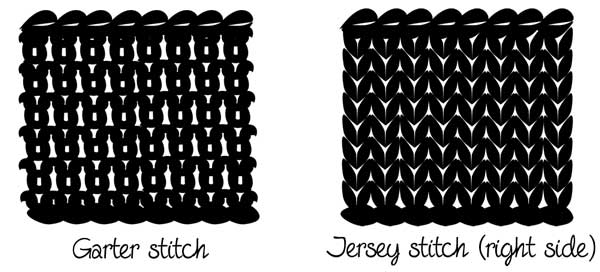
The snood (or neckband) and mittens are ideal to start. See eg Sorlin Snood with needles 15 and Triad mittens with needles 6. It's straight on and all in garter stitch. No reduction or increase but a quick super nice finish!
For a baby clothing, I recommend the Paul vest, slightly more complicated than the accessories (you will have to increase by several stitches) and needles are a little finer but clear explanations will guide you easily to the final sewing and you will be proud to offer this little jacket to a baby. It is also available in kit.
3/ Select the ball
Choose what is commonly called the "wool" is not so obvious. You will find balls in many haberdasheries with very pretty colors but unfortunately not containing 1 gram of wool!
- The material:
I made the choice to offer you on the website, only knitting threads with a majority of natural material.
The material may be: from the sheep wool (mostly merinos, very soft), recycled yarn from different materials, alpaca (slightly hairy and warmer), mohair (cloudier), cotton (lighter for summer) or even cashmere and silk.
For beginners I suggest you buy a ball of 100% wool, 100% recycled or 100% cotton (if it is for the summer or for a baby). Other wools are more expensive and sometimes it is less clear to observe our meshes or unravel without nodes (alpaca and mohair particular).
Our special beginners knitting balls:
- The thread size:
It is very important to well choose the thread thickness to begin knitting! It is even essential.
The wool ideal thickness that I recommend to begin knitting is for needles 5 mm up to 15 mm.
The needle number is always shown on the ball label (see below):
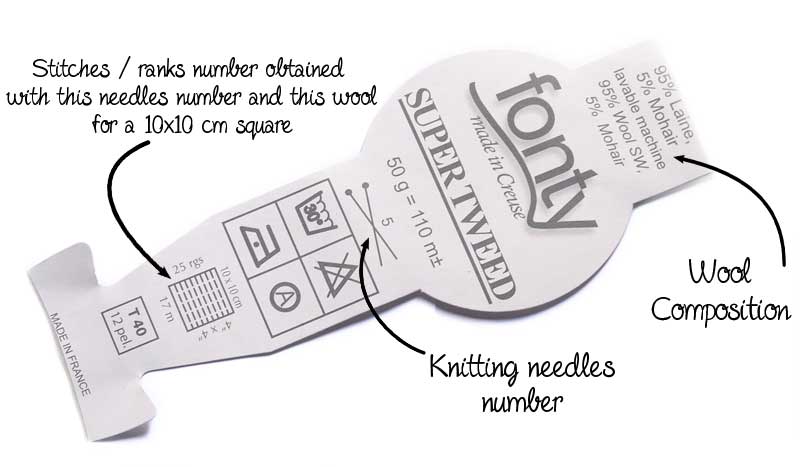
4/ Choose the pair of knitting needles
The pair of knitting needles number depends on the yarn you've chosen (and if you were paying attention, so printed on the ball label). The knitting needles numbers match their diameter in millimeters. They range from 2 mm to 25 mm or even 30!
There are also différent needles shapes: straight, circular, double-pointed ...
The circular and double-pointed needles have been developed for seamless circular knitting: hats, gloves, mittens, socks, etc. But interchangeable circular knitting needles new lines (Knitpro line for example) can be very practical to knit straight works (in two-way) and circular, no need to buy both straight needles and circular needles! They need a small starting supplementary budget but they be used all your life.
For beginners, if you do not yet know if you and knitting that's for life, I suggest you opt for straight knitting needles 25 to 35 cm long. 25 cm is a minimum and for small works for babies and children.
You will also have the choice in the knitting needles material! Increasingly type of needles exist and that's good.
There are metal needles, used since time immemorial, they have the advantage not to break but can be heavy (in addition to knit), too slippery to begin, noisy and cause allergies.
You can choose also in wooden needles: bamboo or birch.
Wooden needles are much lighter than metal and do not let slip the stitches. Bamboo remains fragile for small sizes needles (2 to 3.5mm) but the birch is one of the toughest! See our range of 100% birch Basix Birch Knitpro needles. In addition, the wooden needles are very pretty!
It remains plastic needles that I prefer not to propose, they cling too much wool, stitches do not slide well and the feel always appeared to me unpleasant. By cons they do not break and are also very slight.








